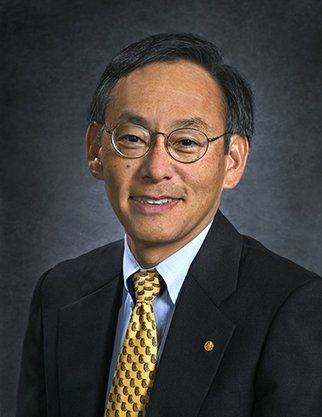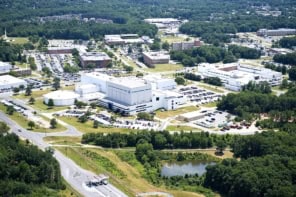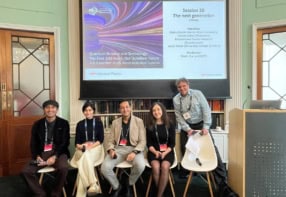
The Nobel-prize winning physicist Steven Chu has been sworn in as secretary of the US Department of Energy (DOE) — a post that makes him a member of President Barack Obama’s cabinet.
Chu is the first working scientist to head the Department of Energy — which is a major source of physics research funding — since it was created in 1977. He is an expert on energy policy and well matched to the challenges he will face. In his previous role as director of the Lawrence Berkeley National Laboratory in California, he refashioned the lab to focus on alternative-energy research and is a passionate advocate of biofuels.
Meanwhile, Obama has named physicist and long-time arms reduction advocate John Holdren as his science advisor. Holdren will be an “assistant to the president”, which should see him attending Cabinet meetings.
More money for physics?
Elsewhere in Washington, members of the Democratic Party in the US House of Representatives have unveiled an $800bn bill to stimulate the US economy. It includes an extra $3bn this year for the National Science Foundation — half its 2008 total of $6bn. Similarly, the Department of Energy’s science office, which received $4bn last financial year, stands to gain an extra $2bn, including $400m to start up an Advanced Research Projects Agency for Energy, modelled on an existing network for defence technologies.
The National Institute of Standards and Technologies does even better, with $520m extra; its FY 2008 budget was $737m. NASA, meanwhile, whose budget totalled $17.1bn last year, would receive $600m, $400m of which will go towards science projects.
While some of this money could find its way to US physicists, how much of this two-year package will go on new research projects as opposed to infrastructure — or even if the bill will be passed at all — is not yet clear.



